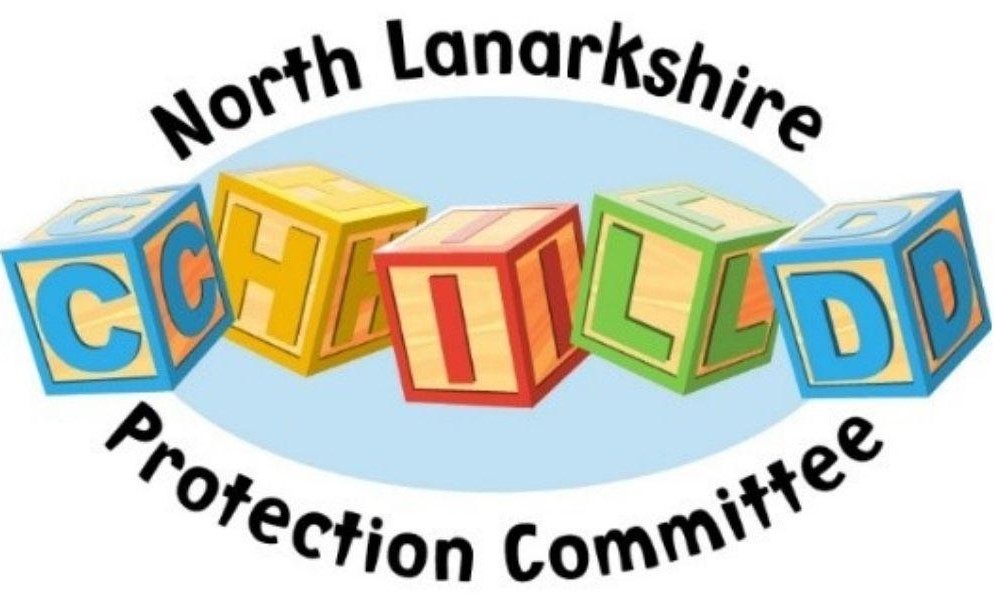Allegations of crime are normally reported to the procurator fiscal by the Police. The Crown Office and Procurator Fiscal Service (COPFS) is Scotland’s sole prosecuting service. They receive reports about crimes from the police and others, and then decide what action to take in the public interest, including whether to prosecute someone. COPFS is also responsible for the investigation of sudden or suspicious deaths. Procurators fiscal are subject to the direction of, and control by, the Lord Advocate but on a day-to-day basis they maintain a high degree of independence.
Their powers and duties include deciding whether or not to prosecute any allegations of criminal behaviour made known to them. Before acting upon a report, the procurator fiscal must first be satisfied that the circumstances disclose a crime known to the law of Scotland.
They must then consider whether the evidence is sufficient, admissible and reliable. If not, further enquiries may be conducted, or no further action will be taken. In considering the public interest, procurator fiscals take a number of factors into account, including the interests of the victim, the accused and the wider community. This can involve competing interests and will vary with every case. As a result, assessment of the public interest involves careful consideration of all factors. Following careful consideration, the procurator fiscal may decide to commence proceedings, offer an alternative to prosecution or take no action. In cases that a jury will consider, the procurator fiscal will gather and review all evidence before referring to Crown Counsel who makes the final decision on whether to prosecute.
Procurators fiscal are not involved in cases of child protection in the immediate sense; however, they can provide advice and guidance. This is particularly important when the response to, and management of, child abuse allegations in the initial stages, may directly influence decisions made about any resulting criminal investigation and may affect the outcome of a prosecution.
The Victims and Witnesses (Scotland) Act 2014 outlines the legal requirements in such cases (see below).
Under this legislation, which amended some sections of the Criminal Procedure (Scotland) Act 1995, children who are called upon as witnesses are no longer required to undergo a competence test to ascertain whether they can demonstrate an understanding of the distinction between telling the truth or not.
Equally important is that under section 6 (which inserts section 288E to the Criminal Procedure (Scotland) Act 1995), an accused cannot conduct their own defense where the child concerned is under 16 and the offence involves sexual assault or violence.
One of the most important aspects of this legislation is the introduction of a range of special measures which may be put in place to support the vulnerable child when giving evidence or being cross-examined.
The Act covers criminal cases, civil cases and children’s hearings. Standard special measures available to child witnesses under the age of 16 are a live TV link, screens in the courtroom and the presence of a supporter in conjunction with either of these measures.
Further special measures may include, evidence being taken in advance in the form of a prior statement (criminal cases only) or the taking of evidence by a commissioner. The Procurator Fiscal must an application to the court for the use of special measures. Courts are not obliged to grant requests.
It is important to note that a person under the age of 16, known as a 'child witness' is, per se, a 'vulnerable witness'. The 2004 Act underpins the acceptance that oral evidence is no longer the only means by which testimony can be given by children. The provision of standard special measures will always be considered for them.
Guidance is available in the following document: Special measures for vulnerable adults and child witnesses; a guidance pack (2005) (Scottish Executive, 2005).
The procurator fiscal (or precognition officer acting on their behalf), is likely to talk to a child in advance of any prosecution in order to ascertain what evidence they may be able to give, and to explain the court processes.
In cases of particular delicacy or where there is doubt about the sufficiency of evidence, procurator fiscals are available for discussion with any other professionals. The office of the procurator fiscal can be contacted during working hours, or at any time through the police. Procurator fiscal offices are organised into regions for administrative purposes. Within each region there are designated members of staff who have received specialist training in the investigation and prosecution of cases involving children. In particularly difficult or sensitive cases, all or part of an investigation may be conducted by a member of the regional resource team. In appropriate cases members of the regional resource team will liaise with the officers from child protection agencies and are available to provide advice on precognition and court processes.
